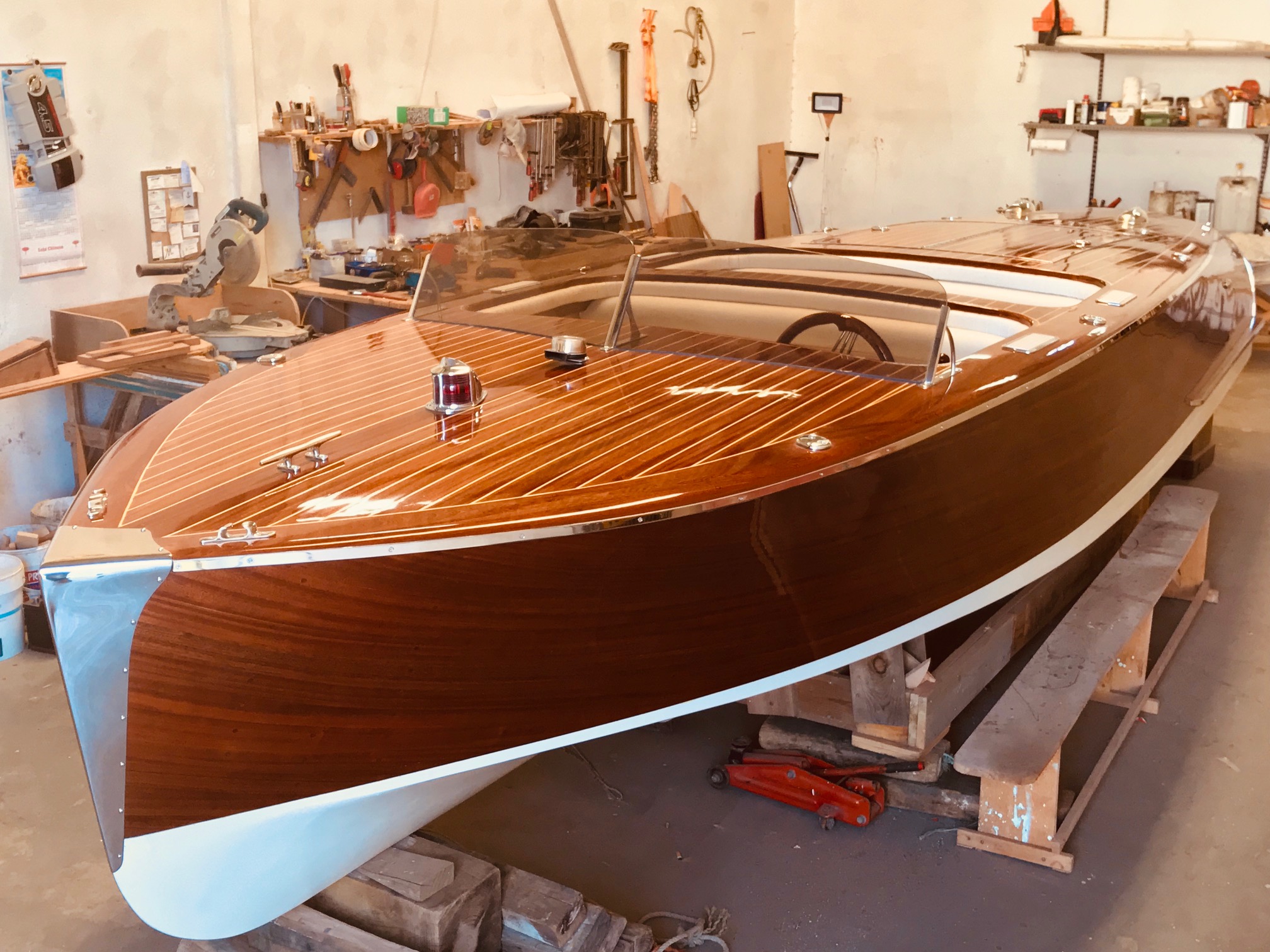Wooden Boat Plans for Historical Reproductions and Restorations

Beyond the Blueprint: Unveiling Fresh Perspectives on Historical Wooden Boat Plans
Reproducing or restoring a historical wooden boat is a journey, not just a project. It demands meticulous attention to detail, a deep understanding of maritime history, and often, a healthy dose of creative problem-solving. While countless resources exist on traditional boatbuilding techniques, this article delves into less-explored aspects, offering fresh perspectives for hobbyists, professionals, and educators alike. We'll address some frequently overlooked questions, using real-world examples to illustrate the points.
The Unspoken Challenges: Beyond the Aesthetics
Q: How can we ensure authenticity without being constrained by outdated materials and techniques?
A: This is where the real artistry lies. Blindly following a 19th-century plan without considering modern material science is a missed opportunity. Consider the case of the Mayflower II replica. While aiming for historical accuracy, the builders wisely adapted techniques: utilizing modern epoxy resins for superior strength and water resistance, while retaining the traditional look and feel of wood joints. Similarly, substituting ethically sourced, sustainably harvested timber for rarer, endangered species presents a modern ethical solution, improving the environmental footprint without sacrificing authenticity. The key is thoughtful substitution â€" improving performance while maintaining the historical character. This requires research beyond the plan itself, encompassing material science and environmental considerations.
Q: How do we reconcile historical accuracy with the realities of modern craftsmanship and available resources?
A: Let's consider the story of a friend attempting to build a replica of a 17th-century Dutch galiot. He faced the daunting task of sourcing the correct type of pitch for caulking. Unable to find a historically accurate yet readily available source, he innovated, researching modern alternatives that replicated the properties of traditional pitch â€" its waterproofing qualities and flexibility. This research-driven approach, adapting to available resources without sacrificing the integrity of the end product, is critical for modern historical boatbuilding.
Beyond the Wood: Expanding the Scope of the Project
Q: How can educational institutions leverage historical boatbuilding projects for interdisciplinary learning?
A: Building a historical boat isn't just about carpentry; it's a rich tapestry of disciplines. Think about it: students can explore historical research (naval architecture, shipbuilding techniques of specific periods), mathematics (geometry, structural calculations), chemistry (understanding wood properties, treatments, and adhesives), and even art history (decorative elements, painting styles). A collaborative project involving multiple departments could lead to a holistic learning experience, far exceeding a traditional woodworking class. The final product becomes a tangible representation of the collective knowledge gained.
The Future of Historical Boatbuilding: Innovation and Sustainability
Q: How can we ensure the preservation and accessibility of historical boat plans for future generations?
A: Digitization is key. Creating high-resolution digital archives of plans, coupled with 3D modeling and virtual reality technologies, can democratize access to this invaluable information. Imagine being able to virtually “walk through†a historical vessel before even picking up a saw. This accessibility ensures the survival of invaluable knowledge and inspires future generations of boatbuilders. Furthermore, collaboration between museums, archives, and educational institutions can establish a centralized, publicly available repository.
In conclusion, building a historical wooden boat is a multifaceted endeavor that transcends mere craftsmanship. By embracing innovation, adopting a holistic approach, and embracing interdisciplinary collaboration, we can ensure the preservation and continued evolution of this valuable tradition for many years to come. The future of historical boatbuilding is not about rigid adherence to the past, but rather a thoughtful synthesis of historical accuracy, modern ingenuity, and a deep respect for the heritage of maritime craftsmanship.
0 comments:
Post a Comment
Note: Only a member of this blog may post a comment.